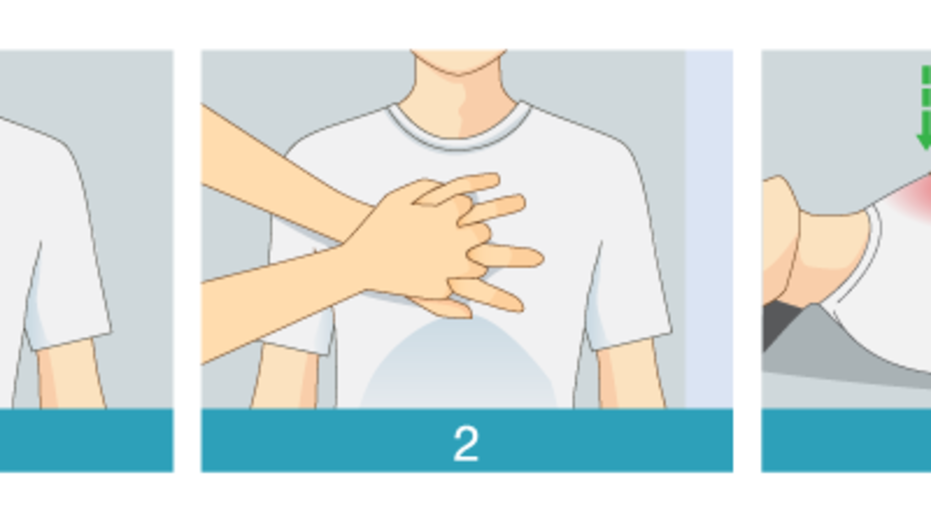
The power of early detection and innovative medicine
Karen’s non-COVID pneumonia diagnosis leads to the discovery of lung cancer and A-fib, taking her on a health journey she never expected.
You are in a public setting and someone collapses near you. The person is not talking or breathing. Your mind starts to race and you suspect the person has had a cardiac arrest. What next?
“The important thing to remember is that time is essential,” says Dr. Brian West, a cardiologist with Sharp Rees-Stealy Medical Group. “If the person is experiencing cardiac arrest, the most critical time is in those first few minutes. Every minute that passes without the heart being restarted decreases the chances of the person surviving without serious brain injury.”
The two most important first steps, says Dr. West, are to call 911 and begin CPR (cardiopulmonary resuscitation). If you’re alone, dial 911 and start compression-only CPR. As you’re doing CPR, you can give essential details to the 911 operator. The operator may also be able to provide instructions on how to perform CPR.
If there is a second person nearby and an AED (automated external defibrillator) available, ask that person to go get the AED and bring it back to use on the person in need of medical assistance.
AEDs, which are placed in public areas where large numbers of people gather, are used to help those experiencing cardiac arrest. This device can analyze the heart's rhythm and, if necessary, deliver an electrical shock, or defibrillation, to help the heart reestablish a normal rhythm. They are not difficult to use, but you’ll be much more effective in an emergency if you’ve had a chance to practice so take a CPR course.
Performing compression-only CPR

Place the heel of your left hand on the person’s breastbone between the breasts, and place the heel of the right hand on top. Keeping your elbows straight, compress about two inches, and allow the chest to recoil between compressions. Perform compressions to the rhythm of the classic Bee Gees’ song, “Staying Alive,” which is approximately 100 to 120 compressions per minute.
You don’t have to be perfect to help. Research has shown that people experiencing sudden cardiac arrest can benefit from any action performed by a bystander. If you’ve called 911, help should arrive in minutes.
Cardiac arrest is common, and preventable
Sudden cardiac arrest is among the leading causes of death in the United States. In fact, more than 350,000 people will experience a cardiac arrest this year.
“Cardiac arrest is not a random event,” says Dr. West. “It is almost always the result of underlying heart disease, most often coronary heart disease, and cardiac arrest can be the presenting ‘symptom.’ More often, victims have been experiencing (and ignoring) symptoms of chest pain or breathlessness for days or weeks before having a cardiac arrest.”
Dr. West points out that heart disease is also not a random event. It is often the result of poor lifestyle choices — cigarette smoking, too much unhealthy food and too little exercise.
“A heathy lifestyle — eating a plant-based diet; not smoking; exercising for at least 30 minutes a day; and maintaining normal blood pressure, cholesterol, blood sugar and body weight — greatly reduces the chances of developing heart disease,” he says.
4 valuable tips
Live healthfully
Know your numbers — blood pressure, cholesterol, weight and blood sugar — and, with your doctor’s advice, take action
Don’t ignore symptoms of chest pain, breathlessness or unusual exercise-related fatigue as these may be early warning signs of heart disease
Learn CPR — and prepare to be a hero
Register for an upcoming Heartsaver CPR and AED for Non-Health Care Providers Class at Sharp.
Our weekly email brings you the latest health tips, recipes and stories.